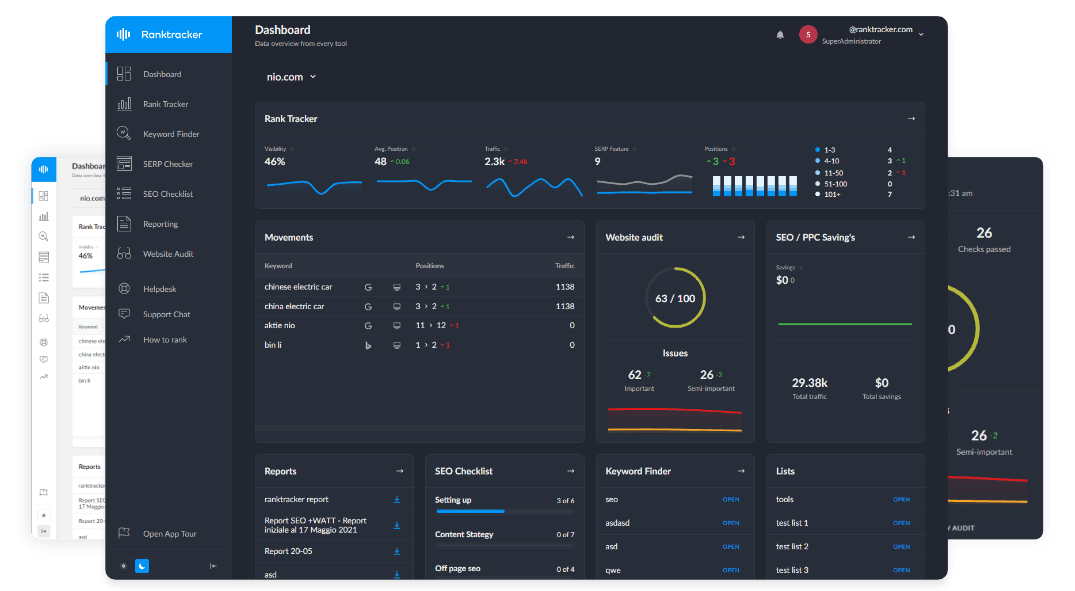Intro
In today’s digital marketing environment, emotional resonance and visual impact have become core elements of the user experience. Memes, in particular, have evolved beyond being mere humor tools—they are now fast-spreading content that can boost brand awareness and engagement. So, what if we incorporated memes into SEO strategies? The combination of SEO and memes could be more effective than expected.
Memes have now become cultural symbols permeating all areas of marketing. From political campaigns and food and beverage ads to films, OTT content, and fashion brands, memes are used as a key tool for delivering messages. Through memes, brands encourage voluntary sharing, create emotional connections with consumers, and produce content remembered more for feelings than facts. In the crypto industry, this cultural influence of memes has even extended into a new type of digital asset—meme coins. Dogecoin and Shiba Inu are prime examples, born from popular memes and achieving multibillion-dollar valuations fueled by passionate, community-driven support. The growth of meme coins, realized through ICOs (Initial Coin Offerings), demonstrates how memes and investment ecosystems converge. In this context, Cryptonews’ Coin ICO Guide serves as a useful reference.
Why Memes Contribute to SEO

Memes’ contribution to SEO goes beyond visual attention—their unique power lies in provoking emotional reactions. Users respond more strongly to intuitive and relatable content than to complex information, and memes maximize this trait. Especially in social media environments, memes achieve far higher engagement rates than plain text, prompting shares, saves, and comments. This engagement naturally leads to content amplification, which in turn drives more traffic to websites.
When meme-based content spreads actively on social media, it also increases the likelihood of earning links from external sites—backlinks that directly boost search engine visibility. Additionally, memes that provide both humor and relatability increase the time users spend engaging with content. Longer dwell times signal to search algorithms that a page contains “valuable content,” which can lead to higher rankings.
Recent data analysis from one company confirmed a clear positive correlation between consistent social sharing and user interaction on social media with improved SEO performance. This shows that user-driven engagement can have a greater impact than sheer link volume or keyword density.
Ultimately, memes can be positioned not as supplementary tools but as core assets for search optimization. For small to mid-sized businesses and individual influencers, they serve as cost-effective yet powerful digital tools. Incorporating memes into an SEO strategy is a long-term approach—enhancing brand visibility and building lasting user relationships, not just short-term traffic gains.
Strategic Ways to Use Memes
-
Create memes tailored to your target audience
-
Teenagers: react quickly to internet humor and TikTok memes
-
Office workers: prefer “relatable everyday” humor
-
STEM and gaming communities: enjoy “insider-code” memes
-
-
Align memes with your brand’s tone
-
If your brand is serious, avoid overly edgy memes—opt for witty ones instead
-
Maintain visual consistency in format, color tone, and style
-
-
Integrate memes naturally into SEO content flow
-
Blog posts: use meme intro images that blend keywords and satire
-
Social media shares: direct users to your website through meme-based posts
-
Video content: design infographic-style meme formats
-
-
Be timely and trend-aware
-
Memes are highly trend-driven—poor timing can mean failure
-
As of 2025, social platforms are not just follower-growth tools but full-fledged lead-generation platforms. Short-form channels like TikTok, Instagram, and YouTube Shorts show high conversion rates when value-driven content is combined with non-salesy CTAs.
-
Instead of only providing information, focus on problem-solving or emotion-driven content (including memes) to build trust and encourage revisits. Collaborations with celebrities and the use of trending hashtags (#fyp, etc.) can exponentially boost reach and even influence actual conversion rates.
-
Memes’ Expansive Impact and Links to the Digital Economy
Memes have evolved beyond simple humor—they now act as key drivers of economic flows in the digital environment. The rise of meme coins vividly illustrates how internet culture and digital assets intersect. While originally created as jokes, coins like Dogecoin and Shiba Inu grew into tens of billions in market cap through community participation, viral sharing, and repetitive meme production on social media.
The All-in-One Platform for Effective SEO
Behind every successful business is a strong SEO campaign. But with countless optimization tools and techniques out there to choose from, it can be hard to know where to start. Well, fear no more, cause I've got just the thing to help. Presenting the Ranktracker all-in-one platform for effective SEO
We have finally opened registration to Ranktracker absolutely free!
Create a free accountOr Sign in using your credentials
By merging meme imagery with blockchain code, these projects achieved high visibility and engagement. Unlike text-heavy content, memes are instantly recognized, trigger emotional resonance, and inspire interactions like comments, shares, and remakes. This user-generated content, emerging outside official channels, accelerates awareness and legitimacy for a project or brand.
This ripple effect extends beyond crypto. High-response content like memes can improve rankings in affiliate marketing, blogs, and product pages. Meme content containing brand-related keywords can lead to natural backlink growth and increased dwell time, directly enhancing SEO results. Since meme-driven users are also more likely to make purchases via product reviews or referral links, memes act as strong catalysts across marketing and monetization strategies.
Crucially, memes don’t just end as “funny throwaway content”—they help build community-driven economic structures that influence real investment and consumption decisions. Fan-driven sharing fuels rapid spread, which pushes trends upward in social media algorithms. More memes mean more exposure in digital spaces, leading to increased searches, mentions, and traffic.
This expansive power is also seen on TikTok. In 2023 alone, TikTok gained over 1.9 billion new users, with U.S. users averaging more than 15 sessions daily. This proves that short, engaging content like memes is consumed at high frequency. To grow followers, brands must not just ride trends but align memes with their audience’s cultural codes through organic strategies. Trendy memes still work—but effectiveness depends on highly strategic use.
In decentralized economies like Web3, memes are recognized as core assets. Since user-driven content dictates platform power, memes directly influence a brand’s social value and popularity. Many projects now prioritize meme creation in official marketing strategies, and even DAOs (Decentralized Autonomous Organizations) measure community vitality by the volume and quality of meme content.
Key Cautions When Using Memes
While flexible and popular, memes can damage a brand’s image if not used strategically. Their inherent humor and satire carry a high risk of misinterpretation. Simply copying popular memes without consideration of brand identity should be avoided. Instead, memes must be carefully designed in line with brand values. Consider the following:
-
Cultural sensitivity: On global platforms, memes may touch on race, religion, gender, or politics—risking unintended offense. Without understanding the origin and context, a meme could be misread as derogatory. Always research the meme’s background and consider different interpretations before use.
-
Copyright issues: Many memes originate anonymously, but images, videos, fonts, or characters may still be copyright-protected. Unauthorized use can bring legal consequences, especially for business accounts. Official marketing channels should verify licenses or use self-made memes. Tools like Canva or Adobe Express can help create original, license-free memes.
-
Avoid overuse: Memes work best when fresh and surprising. Reusing the same format too often creates fatigue, making content feel stale and reducing brand appeal. Timing and novelty are crucial—use memes sparingly and in context. Rotate meme types and link them to seasons, events, or trends to keep things engaging.
Memes demand both creativity and strategy. Instead of chasing what’s “funny” or “trendy,” brands should craft memes that align with their core values while addressing cultural and legal considerations. Only then can memes serve not as fleeting content but as long-term branding assets.

